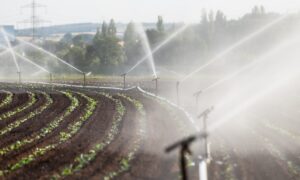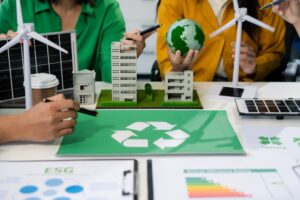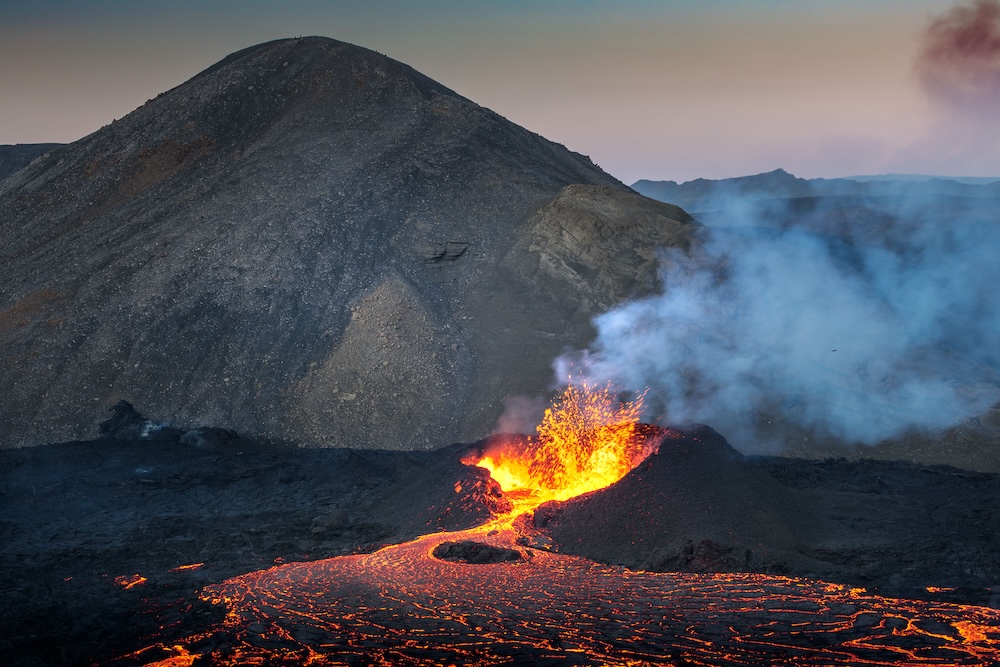When people question climate change, one argument often comes up: “But the Earth has always changed. Isn’t this just part of a natural cycle?”
It’s a valid question—because yes, Earth’s climate has changed many times over millions of years. But what we’re seeing today is not just another natural fluctuation. The current pace and scale of warming is different. And the cause is overwhelmingly human.
This article breaks down the difference between natural and human causes of climate change, how scientists tell them apart, and why understanding this distinction is key to confronting the climate crisis with clarity—not confusion.
What Are Natural Causes of Climate Change?
Before the Industrial Era, Earth’s climate shifted due to a variety of natural drivers. These changes happened gradually—over thousands or even millions of years.
The most common natural causes include:
Solar Variability
The sun’s energy output changes slightly over time. These solar cycles can influence Earth’s temperature, but the variations are minor and occur over 11-year cycles.
Volcanic Activity
Major volcanic eruptions eject ash and gases into the atmosphere, which can temporarily cool the planet by blocking sunlight. However, the cooling effect typically lasts only a few years.
Milankovitch Cycles
Named after Serbian scientist Milutin Milankovitch, these cycles describe long-term changes in Earth’s orbit, axial tilt, and wobble. They affect how much sunlight different parts of the Earth receive, influencing the timing of ice ages.
Ocean Circulation Shifts
Changes in ocean currents, such as El Niño and La Niña events, can affect weather patterns and temporarily alter global temperatures.
These natural factors help explain past ice ages and warm periods in Earth’s history. But they don’t explain the rapid warming we’ve experienced over the last century.
What Are Human Causes of Climate Change?
Since the mid-1800s, human activities have added a new and far more powerful force to the climate system: greenhouse gas emissions.
The key sources include:
Burning Fossil Fuels
Coal, oil, and natural gas release carbon dioxide (CO₂) when burned for electricity, heat, and transportation. This is the largest driver of man-made climate change.
Deforestation
Trees absorb CO₂ from the atmosphere. When forests are cleared or burned, carbon is released and fewer trees remain to absorb future emissions.
Industrial Agriculture
Modern agriculture emits methane (CH₄) from livestock and rice paddies, and nitrous oxide (N₂O) from fertilizer use—both potent greenhouse gases.
Cement Production and Industry
The production of cement, steel, and other industrial goods releases significant emissions, especially CO₂.
Unlike natural drivers, these human-caused emissions are ongoing, increasing, and measurable in real time.
How Do Scientists Know Humans Are the Cause?
One of the most common questions is how scientists can confidently separate human influence from natural variability.
Here’s how:
1. Observing the Rate of Change
Natural climate shifts take place over thousands of years. The warming since 1880—particularly since 1950—has happened in just a few generations. This speed is unprecedented in Earth’s history.
2. Using Climate Models
Researchers build computer models to simulate the climate under different conditions. When models include only natural drivers like solar and volcanic activity, they fail to reproduce the warming we see today.
But when models include human emissions, they match observations almost exactly. This is strong evidence that human activities are the primary driver.
3. Looking at the “Fingerprint”
Warming from greenhouse gases leaves specific patterns in the atmosphere. For example:
- The lower atmosphere warms while the upper atmosphere cools
- Nights are warming faster than days
- Oceans are warming from the surface downward
These are consistent with human-caused greenhouse gas buildup—not with natural causes like the sun or volcanoes.
Common Myths and Misunderstandings
“It’s just the sun.”
If solar activity were driving the warming, we’d see warming across all layers of the atmosphere. But satellite data shows the stratosphere is cooling—exactly what we’d expect from greenhouse gases, not increased solar output.
“Volcanoes emit more CO₂ than humans.”
This is false. Human activities emit 100 times more CO₂ annually than all the world’s volcanoes combined.
“We’ve always had warm and cold periods.”
True—but never this fast, and never with CO₂ levels this high. Today’s CO₂ levels exceed anything in the last 800,000 years, based on ice core records.
“Climate has changed before without humans.”
Yes, but that doesn’t mean today’s change is natural. Past changes had different triggers. Today’s change is happening with full knowledge of the mechanism—human activity.
Comparing Natural vs. Human Impact: A Quick Summary
| Factor | Natural Cause | Human Cause |
|---|---|---|
| Timescale | Thousands to millions of years | Decades |
| Primary Sources | Sun cycles, volcanoes, orbit changes | Fossil fuels, deforestation, agriculture |
| Recent Trend | Minor cooling expected | Rapid warming observed |
| CO₂ Levels | Stable over millennia | 50% increase since 1850 |
| Predictive Models | Cannot explain recent warming | Accurately match observations |
Frequently Asked Questions
Why is it important to understand the difference?
Because confusing natural and human causes delays action. If we believe this is just “nature running its course,” we miss our responsibility—and our opportunity—to make a difference.
Are any natural factors contributing to warming now?
Natural factors like El Niño can temporarily boost warming in certain years, but the underlying trend is dominated by human influence.
If nature can fix itself, won’t the planet just rebalance?
Earth may eventually stabilize, but not necessarily in a state that’s safe or livable for humans and many species. Recovery from mass climate shifts can take tens of thousands of years.
Can reducing emissions really make a difference?
Yes. Every ton of CO₂ we avoid helps limit warming. Immediate action can reduce the severity of climate change, slow its progression, and give ecosystems and communities more time to adapt.
Final Thoughts: Clarity Leads to Action
It’s true that Earth’s climate has always changed. But the changes we’re living through now are different. They’re faster, more widespread, and driven largely by our own activity.
Understanding the difference between natural and human causes of climate change isn’t just a matter of science—it’s a matter of responsibility. When we know we are the driver, we also know we can steer the direction forward.
There’s power in clarity. And with clarity, there’s hope.









Reader Interactions